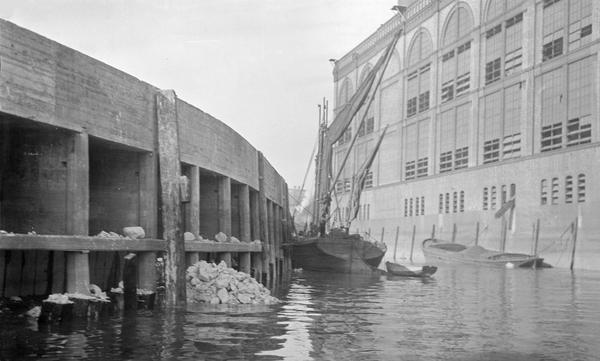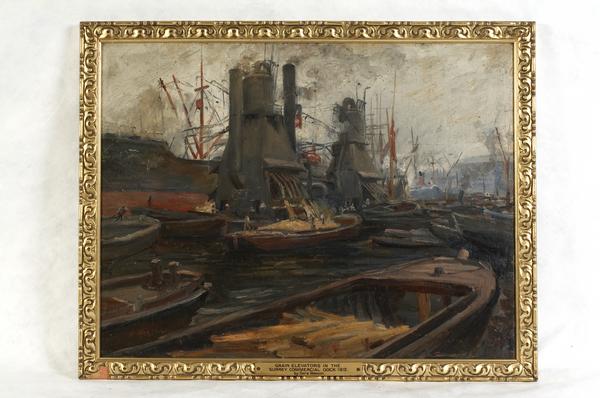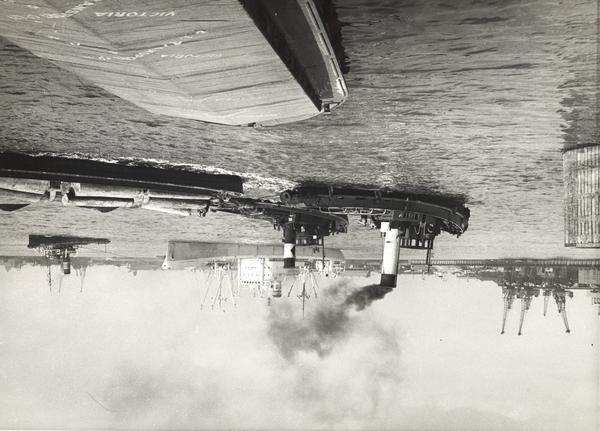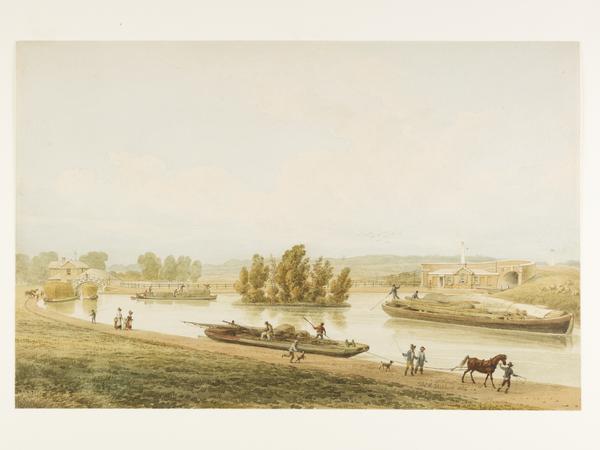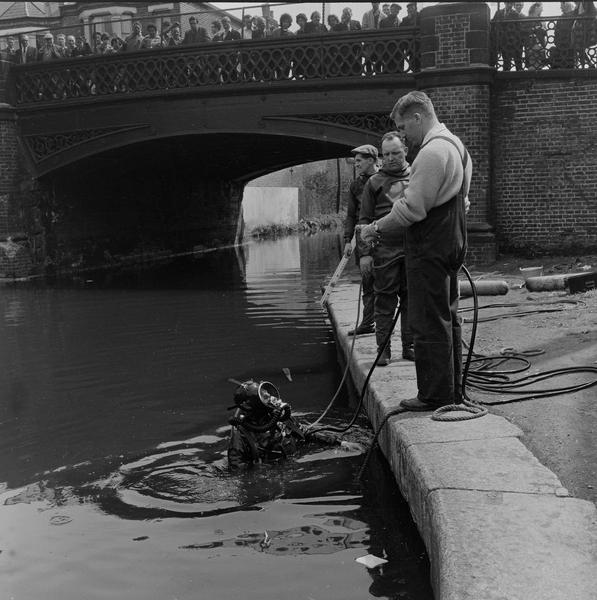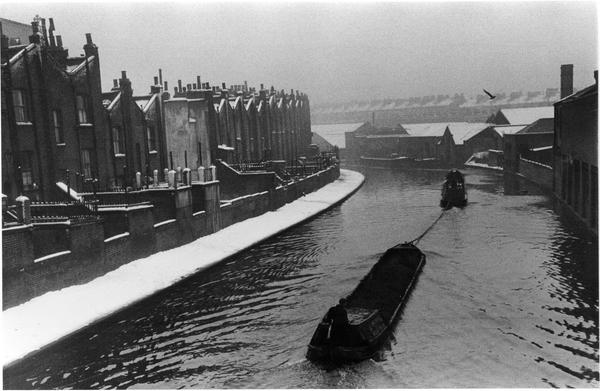London’s lost canals
Canals once played an important role in London’s industry and trade. Some survived, to the benefit of boat-dwellers and weekend strollers. But many other London canals disappeared entirely, swallowed up by financial loss and the city’s expanding rail and road networks.
Across London
1800s–1990s

Kensington Canal, Chelsea Creek to Kensington
The Kensington Canal was built into the lower 3km of Counters Creek, a small stream which flowed into the River Thames by Lots Road Power Station. The canal opened in 1828, but never made enough money. A railway company bought it in 1839 and filled most of it in to build a section of the line connecting Willesden to Clapham Junction. Barges delivered coal to Lots Road on the remaining stretch of the canal until the 1960s.

Croydon Canal, West Croydon to New Cross
Opened in 1809, the 14km-long Croydon Canal linked the Thames to Croydon through areas including Forest Hill and Sydenham. Its 28 locks caused congestion and cost a lot to maintain. The canal was closed in 1836. In 1839, a railway line was built along much of its route. The London Bridge to West Croydon line follows most of the old route of the canal.

Grand Surrey Canal, Camberwell to Rotherhithe
This south London canal, opened between 1807 and 1809, was created as a link to the docks at Rotherhithe, and was originally intended to stretch to Epsom in Surrey. It was mainly used to transport timber and limestone for the construction industry. And it was the first to have canal police, called ‘bank rangers’. The canal was filled in during the decades after the Second World War (1939–1945) and turned into roads and green spaces.

Grosvenor Canal, Pimlico to Victoria
Opened in 1825 and less than 1km long, the Grosvenor was London’s shortest canal. From the Thames in Pimlico, it ran up to a basin at Victoria. This basin, where boats were loaded and unloaded, was covered over when Victoria Station was built in 1860. More sections were filled in during the early 1900s. But the canal continued to be used by the local council for transporting rubbish until the 1990s.

City Canal, Isle of Dogs
Opened in 1805, this canal was a shortcut connecting Blackwall Reach to Limehouse Reach across the Isle of Dogs. But because of the Thames’ tides, it was often quicker to just sail around the peninsula instead, and so the canal ran into financial trouble. The West India Dock Company bought it in 1829 and turned it into a dock now known as the South Dock.

Royal Arsenal Canal, Woolwich
The Woolwich Royal Arsenal was one of Britain’s largest munition factories. The canal was built between 1812 and 1816 using unpaid prisoners. It was used to deliver materials like gunpowder from the Thames. It also formed a defensive boundary on the east of the site. The factory closed in 1967. Today, what remains of the canals has been left as decoration, and is known as Broadwater.


